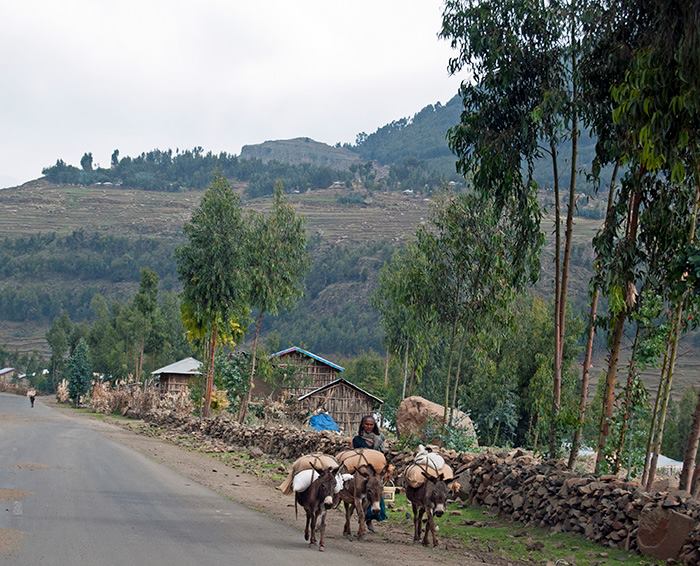
What do donkeys, horses, and zebras have to do with teaching medical students and residents about medical diagnosis? A former medical student recently thanked me for teaching him about how sounds in the night can teach medical students about making diagnosis. Almost 40 years ago I was a beginning third year medical student at Harvard where whenever we were presented with a case we often immediately jumped to the conclusion that the cause was some fascinating albeit rare condition.
One day early in my first year of clinical medicine we were on rounds when the professor when presented with the “fascinoma” asked our small group on rounds with him this question.
“When you hear hoof beats in the night do you think it is a zebra or a horse?”
What is the animal that comes to mind when we hear hooves clamoring in darkness ? How we identify by sound the clamoring hooves of an unseen animal in the darkness can help teach medical diagnosis to medical students. Well since we were in the United States where there are many more horses and few zebra we would respond accordingly. This demonstrated to us that common things occur more ofttimes then the rare. There are likely at least tens of millions of donkeys in use in Ethiopia in almost every rural home whereas horses are present but used to a much lesser extent.
Now take us almost 40 years later where I have been teaching medical students and neurosurgery residents over the past ten years in Ethiopia. This analogy is not only useful for teaching the commonality point but also for teaching that different countries may be different in what occurs. For example Ethiopia has a high incidence of tuberculosis.

Similarly Ethiopia has its own breed of donkey called the Abyssinian donkey which is the daily mode of transporting materials for many Ethiopians. They have horses but to a much lower extent then the donkey. Additionally both Kenya and Ethiopia have the Grévy’s zebra which is the largest animal in the horse family and endangered.

Different countries may not only have different relative levels of different diagnosis but also diseases that are more unique to their population then in other countries. Many times students and resident will present medical research published from the USA or Europe with discussions of incidence, treatment, and characteristics of a malady. Again we can use the donkey, horse, zebra analogy to make the point that medical disorders may have not only different levels of occurrence in different countries but also different presentations.





